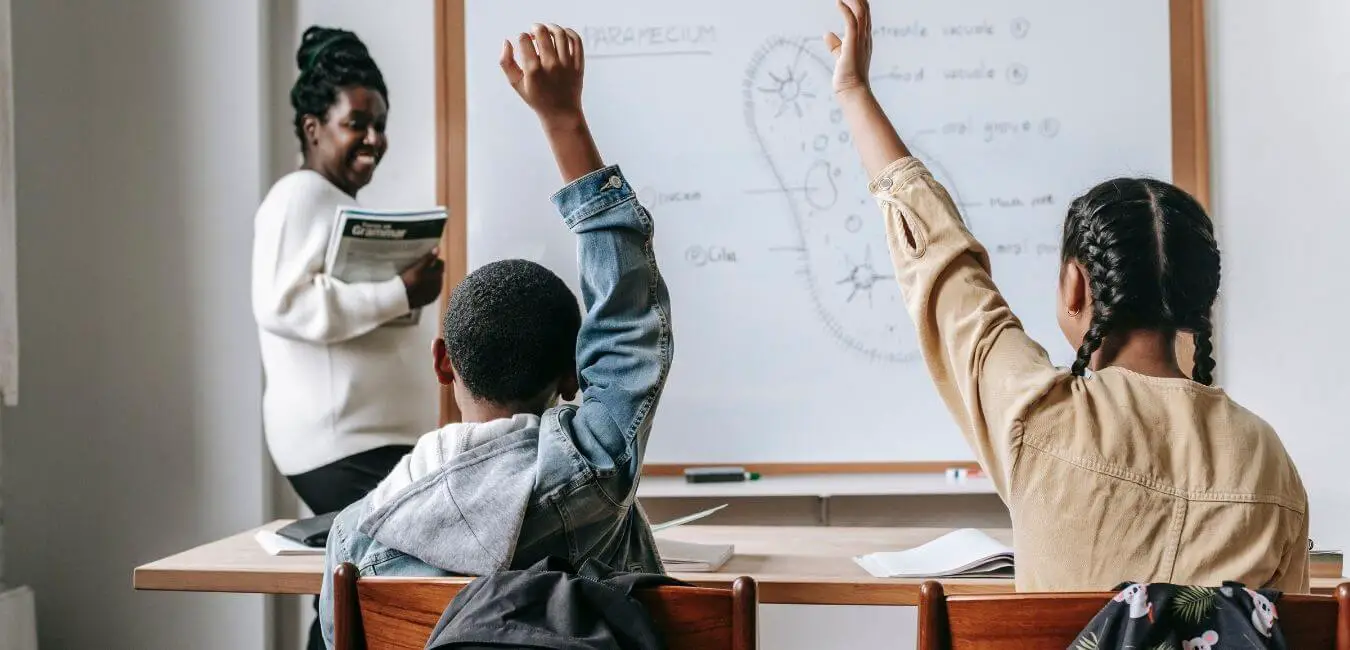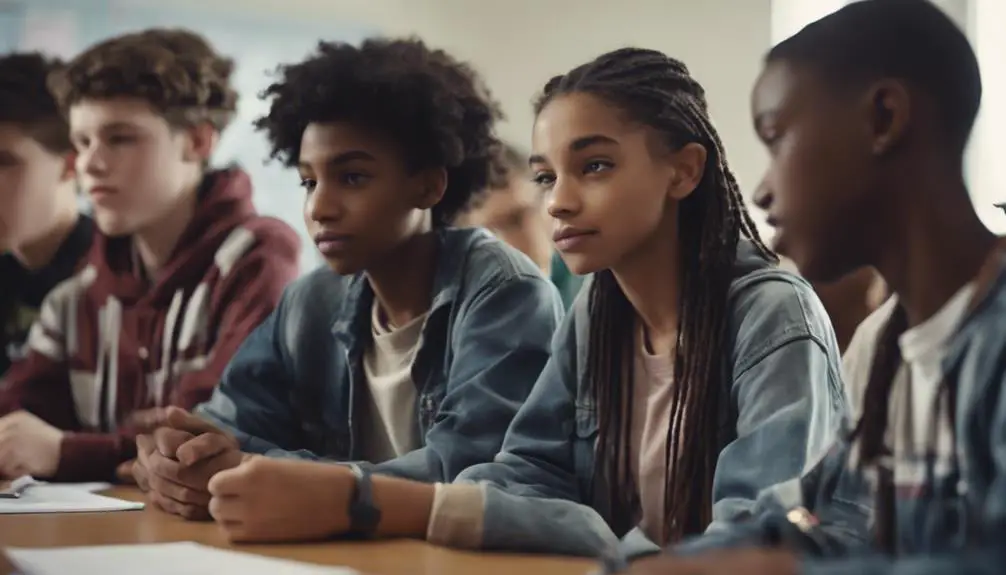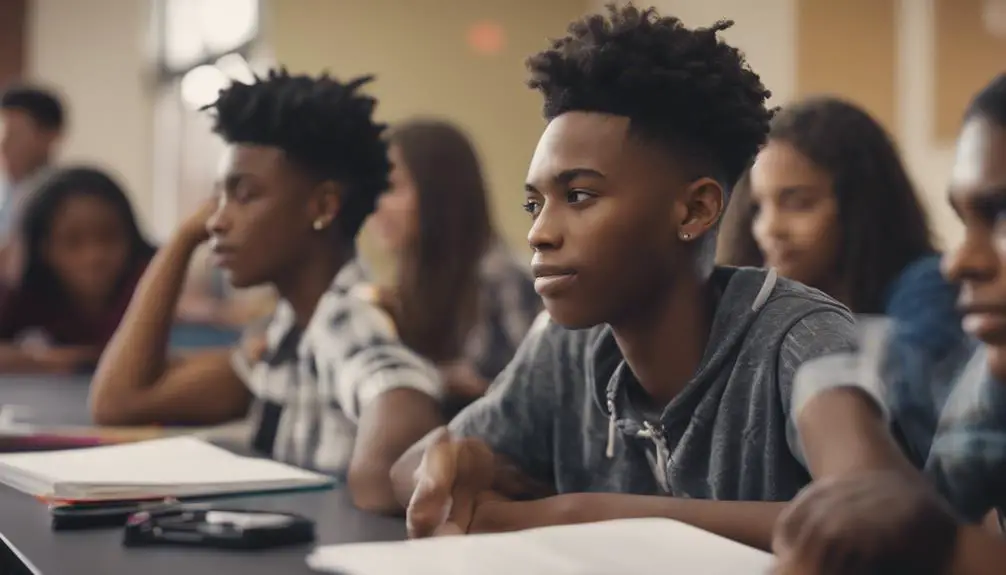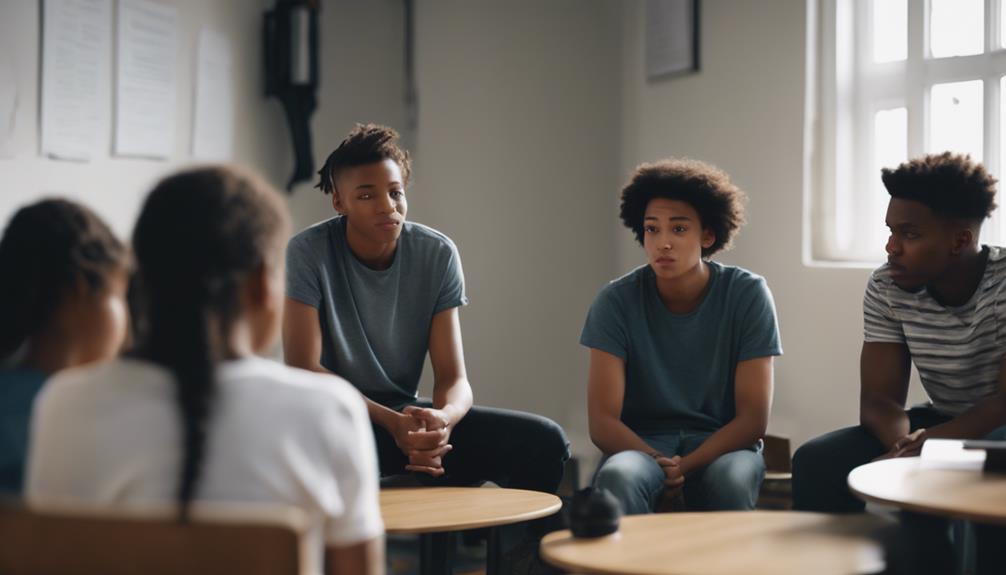You might not know this, but the way you handle discipline in your classroom has a huge impact on student achievement. Students with teachers who use proactive classroom management techniques have higher grades and test scores than those with teachers who do not. In other words, if you’re looking for an easy way to boost your kids’ performance, it’s time to learn how to be a better teacher!
In today’s post, we’ll talk about what proactive classroom management is and why it matters so much. We’ll also offer some tips on where to find resources for improving your teaching skills. Let’s get started…
What is Proactive Classroom Management?
Proactive classroom management is the practice of managing behavior by using positive strategies that prevent disruptive behavior before it occurs. The theory behind proactive classroom management is that if students are engaged in learning activities and feel connected to the school community, they will not feel the need to act out.
Effective teaching strategies help you prevent behavior problems in the classroom. The best way to be proactive with behavior is to establish consequences, teach appropriate behavior, and make sure everyone in the classroom knows what you expect from them.
The primary components of proactive class management are consistent consequences for behavior, logical consequences for misbehavior, positive reinforcement, consistent organization and procedures, positive handling of unsolved problems, etc.
Differences between proactive and reactive classroom management?
If you are looking for 10 major differences between proactive and reactive classroom management, then this article is just right for you.
What is proactive classroom management?
Proactive means active before the problem comes up. It involves thinking about potential problems before they happen and working to prevent these problems from occurring by making plans.
What is reactive classroom management?
In contrast, reactive classroom management means reacting to a problem after it has occurred. It involves responding to problems and crises as soon as they arise and making immediate decisions about how to resolve the situation.
Here are 10 major differences between proactive and reactive classroom management:
| Proactive | Reactive |
| It involves having a plan and thinking about potential problems and how to address them before they happen. | It involves making quick decisions at the moment when problems arise, often without any preparation. |
| It focuses on preventing problems from occurring by anticipating what might go wrong and planning ahead of time to address those problems. | It focuses on dealing with problems after they have occurred by responding quickly to issues as they arise. |
| It involves thinking about all the different ways that things might go wrong, evaluating the severity of each potential problem, and then formulating a plan to prevent those problems from happening. | It involves responding to a problem after it has already happened without thinking of ways the situation might have been prevented. |
| It means making sure students know what is expected of them before they do anything else. This may involve explaining rules, discussing classroom procedures, or assigning responsibilities. | It means addressing poor or disruptive behavior after it has already happened, without first establishing what is expected of students. |
| It focuses on preventing disruptions to the class environment by providing additional support for struggling students and communicating clear guidelines before problems arise. | It involves dealing with disruptions after they have already happened and does not provide additional support to struggling students. |
| It means making plans to deal with potential problems and sticking to those plans despite distractions or unexpected events that might interfere | It means changing plans at the moment when unanticipated events occur. There may not be a plan at all. |
| It involves having a specific disciplinary protocol in place to deal with misbehavior and following that protocol even if it seems inconvenient. | It may involve disciplining students for misbehavior without having a predetermined punishment or implementing punishments inconsistently. |
| It involves planning contingencies in the case of emergencies and always staying one step ahead of potential problems. | It means dealing with problems as they arise without thinking ahead of time about how to respond. |
| It means communicating clearly with all students regarding what is expected of them and what will happen if they fail to meet those expectations. | It means disciplining students for their behavior without first communicating clear guidelines regarding what is expected of them. |
| It involves thinking about potential problems before they occur and coming up with a plan on how to deal with each problem so that the situation does not become disruptive. Problems are addressed in an orderly fashion, one by one. | It may involve disciplining students for problems without first thinking of possible consequences or dealing with them in a random order which can be confusing to students. However, some teachers find this approach less intimidating than confronting problems one at a time. |
What Are Some Examples of Proactive Classroom Management Strategies?
1. Positive Behavior Support
“Proactive” means removing the necessity for reactive behavior management. If students are engaged in their learning, they won’t feel the need to act out.
2. Classroom Management Plans
Teachers who practice proactive classroom management create detailed plans based on sound principles of human behavior and effective teaching techniques.
3. Positive Communication
The best communication is proactive communication. This means you make a positive statement about the behavior you would like to see rather than a negative one.
4. High Expectations for All Students
It’s important to create high expectations and teach appropriate behaviors because it shows students that they are valued by the school.
A proactive teacher also sets high standards for all students regardless of their race, gender, or disability.
5. Positive Relationships with Students
High-quality relationships are at the heart of successful classroom management. No amount of discipline strategies will work unless you have built a good relationship with your students.
6. Positive Teacher Expectations
Effective teachers convey positive messages to their students instead of negative ones. For example, they say, ‘we are going to learn Spanish today,’ rather than ‘Don’t worry if you don’t speak Spanish.’
Instead of saying ‘Don’t ever fight with each other again,’ they say, ‘Stop fighting.’
Instead of saying, ‘You can’t go out to recess, Mrs. Smith wants to talk to you,’ they might say, ‘Mrs. Smith would like you to stop by her room at 10:30 tomorrow morning.’
7. Consistent Consequences for Behavior
Established, consistent consequences are an important part of proactive classroom management. For example, if you say you’re going to call a student’s parent whenever they misbehave, then do it every time.
8. Logical Consequences for Misbehavior
Proactive teachers don’t just give consequences for misbehavior, they also teach appropriate behaviors. For example, a teacher might take a student’s recess away when the student is being disrespectful during class.
9. Positive Reinforcement
Classroom management works best when it incorporates both positive and negative consequences for behavior. Sometimes teachers may have to put students in the hallway to get them to behave. You need to give students incentives if they are willing to put in enough effort to meet the high expectations of the classroom. You can create this incentive system by having positive rewards that students can earn for good behaviors, but you have to remember that these rewards should not be more important than your lessons or activities.
10. Consistent Organization and Procedures
Proactive teachers don’t just manage behavior; they manage the classroom. They make sure there are clear rules, routines, and expectations for everyone.
11. Positive Handling of Unsolved Problems
If a teacher has to resort to constantly punishing students for misbehavior, it can lead to burnout. A proactive teacher knows how to solve social problems before they escalate into full-blown conflicts.
12. Teacher Positive Language
While ‘proactive’ management focuses on preventing behavior problems, using positive language is more than just a strategy to prevent behavior problems – it is one of the most powerful ways to build relationships and support your students.
13. Cooperative Learning
Teachers with good classroom management skills implement cooperative learning strategies, which keep all students engaged in their learning.
14. Positive Communication Skills
The best communication is proactive communication. This means you make a positive statement about the behavior you would like to see rather than a negative one.
15. High Expectations for All Students
It’s important to create high expectations and teach appropriate behaviors because it shows students that they are valued by the school.
16. High-Quality Interactions
Positive relationships are at the heart of successful classroom management. No amount of discipline strategies will work unless you have built a good relationship with your students.
17. Effective Classroom Instruction
Teachers need to focus on providing quality instruction and not just on class management.
18. Positive Feedback
Instead of focusing on punishing misbehavior, teachers should provide feedback that helps students understand what they did wrong and how to improve.
19. Get to know your students.
To create a positive learning environment in the classroom, you must get to know your students. You need to find out what your students want, don’t want, and are willing to do; their interests (e.g., art), their strengths (e.g., game design) and their weaknesses (e.g., mathematics); how they feel about school in general, classes in particular and teachers in particular; how they learn best, what makes them tick…etc. This information will be useful in creating positive relationships with your students and in monitoring their behaviors throughout the year.
20. Establish classroom rules that promote self-discipline.
It is very important to establish classroom rules that promote self-discipline and responsibility in your students early on during the school year, and then enforce them consistently and fairly. Establishing student accountability (e.g., sharing ideas, answering questions) reinforces positive behaviors and helps with future management decisions (e.g., who you send out for recess).
Check out why classroom rules are important here.
21. Create a positive relationship with parents.
Parents play a major role in the success of their children, so you have to create a positive relationship with them to get their support and have them actively participate in their child’s learning activities at home. Always remember that when talking to parents about your classroom management strategies (e.g., how you enforce your rules, consequences for misbehavior), they must know all the facts (e.g., what behaviors were exhibited by their child) and that you behave professionally (e.g., keep calm, avoid blaming).
22. Teach students to take responsibility for their own actions.
Taking responsibility for your actions is very important in the classroom because it helps to reduce misbehavior. You need to explain to students that they are accountable for their behavior and that there will be consequences if they choose not to obey the rules, as well as a helping hand available if they want or need it.
Find more of our articles here.
Final Thoughts
The best way to create a positive classroom environment is by following these 22 steps. You can also see how it’s important for teachers to take responsibility for their actions, and develop their plans based on what you’ve learned in this article. It may be challenging at first, but the rewards of proactive management will outweigh the challenges that come with it. If you’re not sure about any of these strategies or need help implementing them into your classroom, feel free to contact us- our team would love to partner with you!













